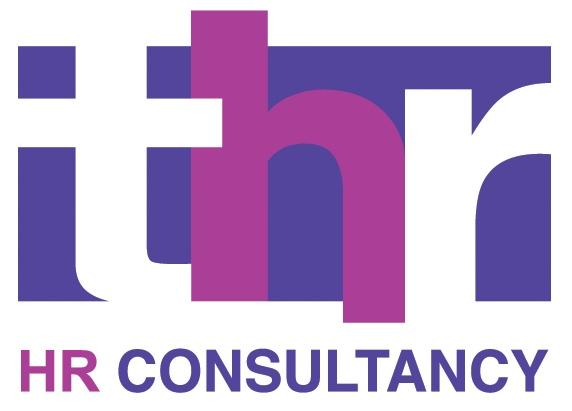Get the best out of change by understanding the Change Curve

After an interesting 2016, change is undoubtedly on the horizon for the next couple of years. People are talking about it and I’m sure many businesses are worrying about how change will affect them. But change can of course be a huge force for good, offering up new opportunities and potential.
If you’re a business owner, the key to getting the best out of change starts with how you manage it and how flexible and adaptable you are as a business. And right at the heart of that is understanding and managing the people who work for you.
In this first of 3 blogs about embracing change and making sure your business reaps the rewards, I thought I’d explain the Change Curve and how knowing a little bit about it, can help you understand your people and help manage change smoothly and effectively.
So what is the Change Curve?
The Change Curve is a model that was developed in the 1960’s to demonstrate how people react to and the various stages they go through, when confronted with change. Originally designed around loss and grief, the model has been refined and developed and is now a recognised and effective tool for anticipating and managing people, as they approach and go through a period of transition in the workplace.
The 4 stages of the Change Curve
There are 4 stages to the Change Curve and it’s a pretty straightforward model.
Stage 1: The first stage people go through when confronted with change is denial and shock and there’s no better example of this than people’s reaction after the Brexit vote. Those who were anti Brexit appeared stunned with the shock of the outcome and there was a massive backlash of denial – both about the need for change and the fact that it is going to happen.
In the workplace, examples of stage 1 behaviour may not be as dramatic as events this summer but it’s not uncommon to hear phrases like, “Well it won’t work”, “I can’t believe it, it’s never going to happen” and “I don’t know why they’re bothering to do that”.
Stage 2: Anger! This can be a very disruptive part of any change or transition. Anger is often fuelled by fear and can lead people to being very resistant. The negative consequences of which can spell trouble for a business.
It’s important to bear in mind at this stage that change is not only emotive but can have a number of significant consequences for people: losing their job, reduced pay, having to reorganise their working life or even their home life are valid reasons for feeling anxious or afraid. It’s really not a case of them just being belligerent.
Stage 3: A good example of stage 3 is again demonstrated by people’s behaviour following Brexit. By early autumn, you probably noticed that the national mood had changed. Markets started recovering, people accepted that Brexit was now inevitable and started looking for ways to adapt. It’s typical stage 3 behaviour, when people start to accept change is going to happen and start looking at what it means to them. In terms of business change, it’s obviously a much better place to be in.
Stage 4: When you get to stage 4, you really are on the home straight. This is the point when people accept and embrace change and dare I say, even get a little excited about it. It’s when change (and all the hard work you’ve put into it), pays off at last.
Moving from stage to stage
It’s important to bear in mind, that how long individuals remain in any particular stage will vary vastly, depending on the individuals concerned, external factors and perhaps most importantly, how you manage the situation.
It is also quite possible for someone to go back a stage (to stage 2) or remain stuck at stage 3. It’s at this point that good communication, leadership and engagement is vital and I’ll be dealing with that in more detail in my next post. It’s also why a little bit of insight into what are instinctive and natural human responses, can make such a difference.
In our next blog, we’ll look at how you can use the insights provided by the Curve Change to your advantage and embrace change, knowing that you can help ensure the transition through the various stages is as smooth and successful as possible. Change doesn’t have to be painful and getting a combination of the right mindset and practical approach is the key to ensuring it isn’t.
With over 27 years HR experience, Tracy Humphrey heads up the team at THR Consulting with an impressive array of qualifications and skills. She specialises in supporting HR departments, planning and implementing change and performance and talent management.
If you’d like to embrace all that the next few years bring with confidence that your business and the people in it are ready for change, contact THR Consulting today on 01444 220762.

